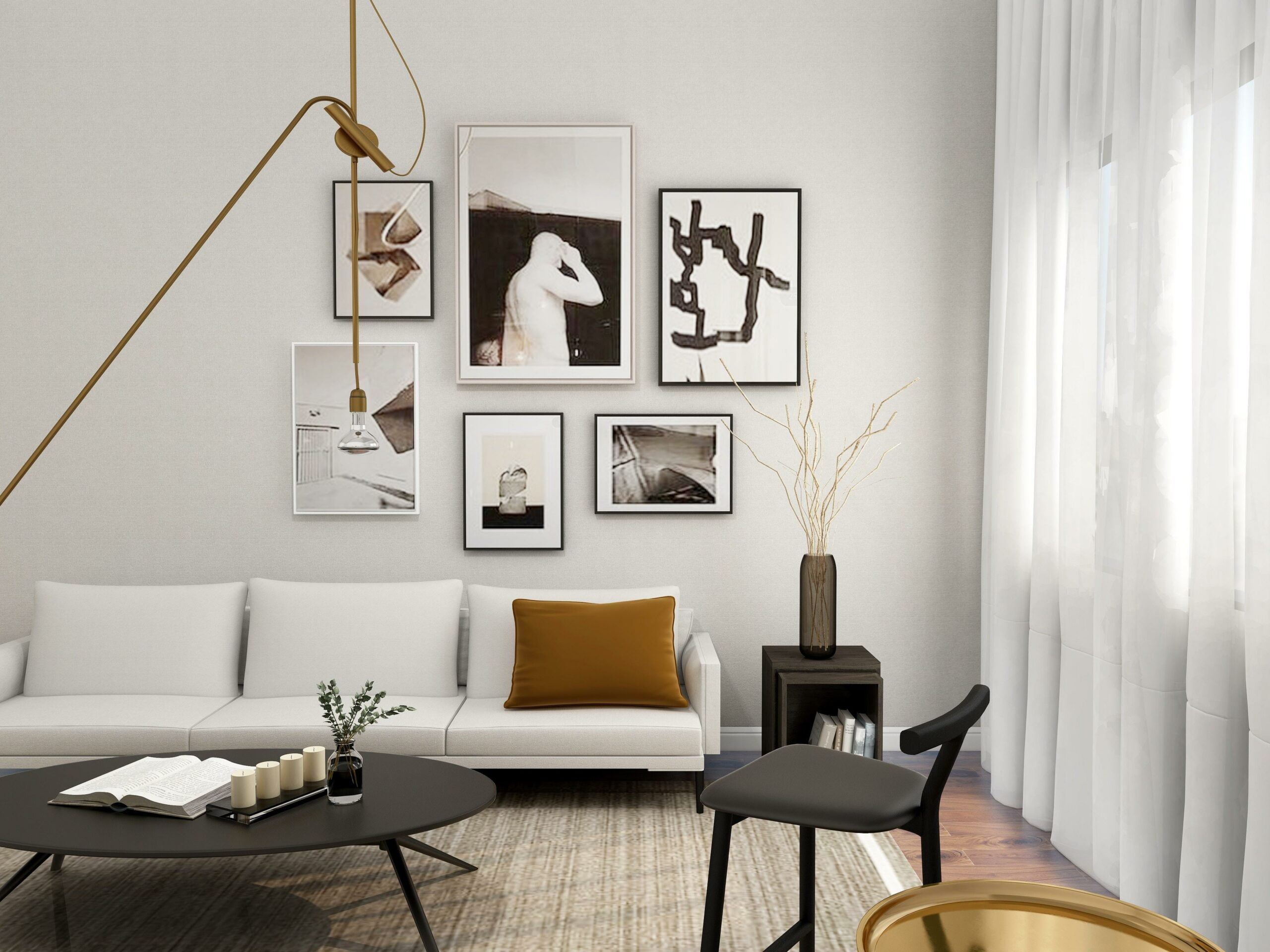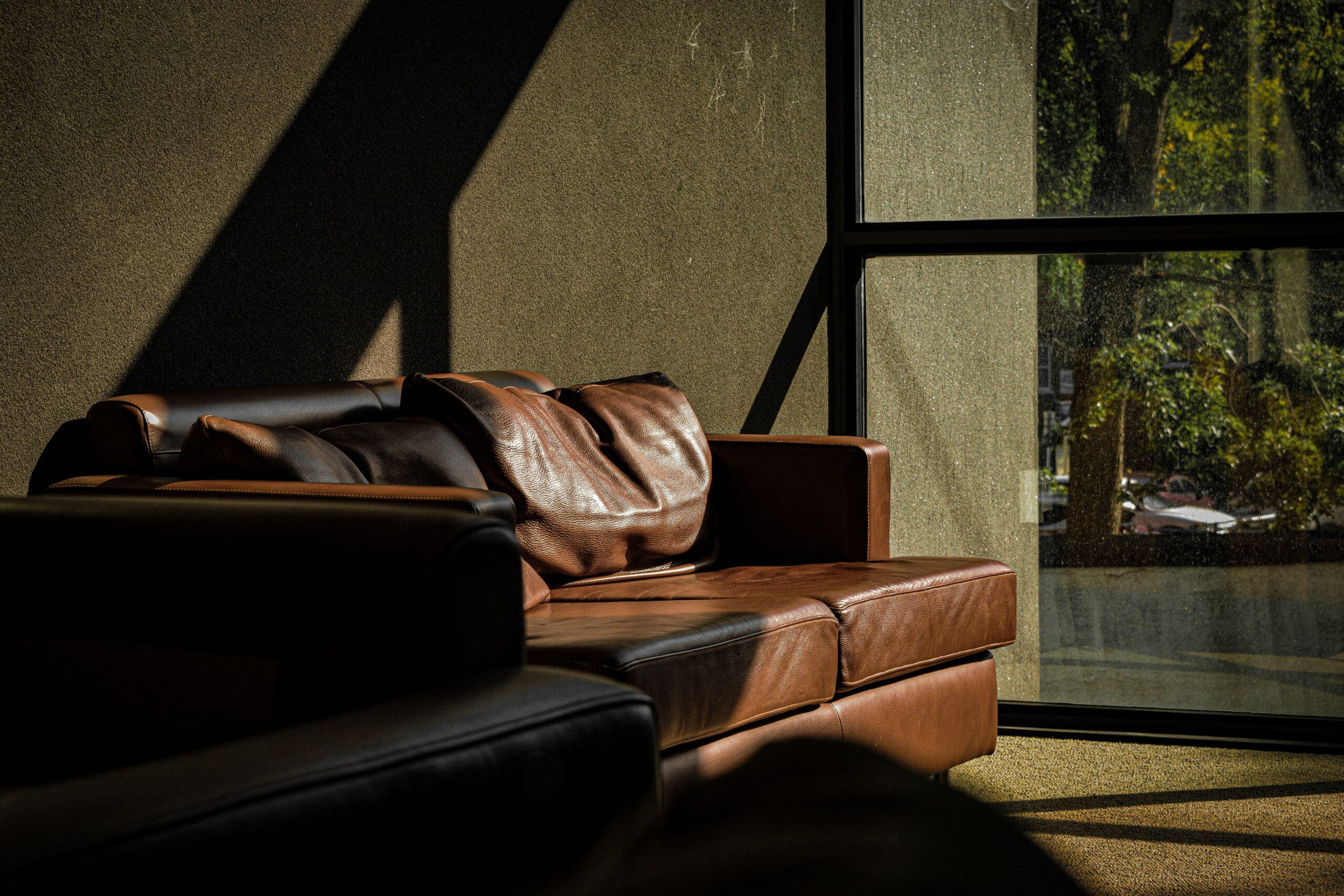Welcome to “Fascinating Furniture Facts: Unlocking the Hidden Secrets of Stylish Décor,” where we dive into the intriguing world of furniture design! In this article, we will uncover two captivating insights that shed light on the history and functionality of some of our most essential pieces. Furniture Fact #7 brings us to the grand old bookshelf, unveiling its evolution from a humble storage unit to a symbol of knowledge and prestige. Moving on to Furniture Fact #6, we explore how couples throughout history have navigated the intimate dynamics of the bed, revealing that privacy was not its original purpose. Prepare to be amazed as we unveil the hidden stories behind these iconic furniture pieces!

Facts About Furniture
The Average Lifespan of a Sofa
Did you know that the average lifespan of a sofa is just 8 years? That’s right, the centerpiece of your living room, the place where you relax after a long day, has a surprisingly short lifespan. So, the next time you’re snuggled up on your couch, take a moment to appreciate the comfort it provides, knowing that it may not be with you for as long as you think.
“Sofas may be symbols of comfort, but they don’t last forever. Make the most of your time with your favorite piece of furniture while you can.”
Furniture: The Third Most Expensive Purchase
When it comes to major purchases, we often think of houses and cars. But did you know that furniture typically ranks as the third most expensive item people buy? Yes, furniture can come with a hefty price tag, especially if you’re looking for high-quality craftsmanship and materials. So, when you invest in that beautiful dining table or that luxurious leather sofa, remember that you’re making a significant financial commitment.
“Furniture is not just about style; it’s also about value. Choose wisely and make a statement that lasts.”
The Old Bookcase at the Bodleian Library
Tucked away in the historic Bodleian Library at Oxford University is the oldest bookcase in the world. This magnificent piece of furniture dates back centuries and stands as a testament to the timeless appeal and functionality of bookcases. So, the next time you browse through your personal library or visit your local bookstore, take a moment to appreciate the rich history and remarkable longevity of this essential piece of furniture.
“Bookcases are more than just storage solutions; they are guardians of knowledge and windows to the past.”
Chairs Have Come a Long Way
Chairs may seem like a ubiquitous part of our lives, but they weren’t always so common. In fact, chairs didn’t become prevalent until the 16th century. And here’s another fascinating fact: the height of ancient chairs was much lower compared to the lofty heights of modern-day seating. So, the next time you sit down for a meal or relax in your favorite armchair, appreciate the evolution and innovation that has brought us the comfort and style we enjoy today.
“Chairs have risen from humble beginnings to become iconic symbols of comfort and elegance. From ancient thrones to contemporary designs, they have truly stood the test of time.”
The Most Expensive Chair Ever Sold
Would you believe that the most expensive chair ever sold belonged to fashion icon Yves Saint Laurent? This exquisite piece of furniture fetched a staggering $28 million at auction. Adorned with detailed carvings, ornate upholstery, and rich historical significance, this chair stands as a testament to the value placed on exquisite craftsmanship, rarity, and the allure of owning a piece of history.
“Behind every luxurious chair, there lies a story of value, artistry, and the desire to possess something truly extraordinary.”
Charles Darwin’s Wheelchair Invention
We often attribute advancements in technology to modern inventors, but some surprising innovations have deep historical roots. Take, for instance, the modern office chair. Did you know that Charles Darwin, the renowned scientist, added wheels to the bottom of his chair to move around his study more efficiently? His simple yet ingenious invention paved the way for the development of the office chairs we rely on for comfort and productivity today.
“Even the smallest ideas can roll their way into a revolution, as proven by Charles Darwin’s contribution to the world of office furniture.”
Musical Chairs: A Game with Historical Roots
Have you ever played a game of musical chairs? Well, join the club! This popular game has been entertaining people for over a century. In fact, the earliest known game of musical chairs occurred in 1877. Whether it’s at a children’s birthday party or a lively gathering of adults, this classic game continues to bring joy and excitement to people of all ages.
“The game of musical chairs reminds us to keep our feet moving and to embrace the ever-changing rhythm of life.”
Furniture Sizing: Addressing a Growing Need
Obesity rates have been on the rise around the world, and it’s no surprise that this trend is driving the need for larger furniture. From wider chairs and sofas to sturdier dining tables, manufacturers are adapting to provide comfort and support for individuals of all sizes. By acknowledging and addressing this growing need, furniture designers and manufacturers are ensuring that everyone has a seat at the table.
“In a world where diverse bodies deserve comfort, furniture designers are redefining the meaning of inclusivity, one chair at a time.”
In conclusion, furniture is not just an essential part of our homes and offices; it tells stories, holds history, and reflects the journey of human creativity and innovation. From the short lifespan of a sofa to the most exquisite chair ever sold, these fascinating facts about furniture shed light on the hidden secrets of stylish décor. So, the next time you sit down on your favorite piece of furniture, take a moment to appreciate the beauty, craftsmanship, and unique tales it carries within its framework.
Furniture is an essential part of our lives, providing both functionality and style to our living spaces. If you’re curious about facts regarding wood furniture, you’re in for a treat! Discover fascinating insights about the craftsmanship behind furniture making and the intricate details that go into creating each piece. Don’t miss out on learning intriguing facts about ashley furniture, a renowned name in the industry that has left a significant mark. And let’s not forget about the furniture market, where trends are born and innovative designs emerge. If you’re specifically interested in table furniture, we’ve got you covered with enlightening facts that will make you appreciate their versatility even more. Finally, dive into the world of wooden furniture and unravel the unique characteristics that make it a timeless choice. Get ready to be amazed by these captivating facts about furniture! Click here to explore: facts about wood furniture, facts about furniture making, facts about ashley furniture, facts about furniture market, facts about table furniture, facts about wooden furniture.
Furniture Facts #7: The Grand Old Bookshelf
When it comes to furniture, there’s one particular item that has stood the test of time and continues to hold a special place in our hearts – the bookshelf. This iconic piece of furniture not only serves as a functional storage solution but also adds character and charm to any space. So, let’s dive into the fascinating world of bookshelves and uncover some hidden secrets about these grand old pieces.
The Evolution of Bookshelves
Bookshelves have a long and rich history, dating back to ancient times. While the Bodleian Library at Oxford University boasts one of the oldest bookshelves in the world, it’s interesting to note that the concept of book storage has evolved over the centuries.
Imagine being in a medieval castle. Kings would sit on thrones, while lower social status individuals would sit on stools or even stand in the presence of their superiors. So, where did the books go? Well, they were often stored in chests or cabinets, as bookshelves weren’t as common back then.
From Necessity to Artistry
As time went on, bookshelves began to take shape as functional pieces of furniture. However, it wasn’t until the mid-20th century that bookshelves truly became a design statement. Enter Le Corbusier and Pierre Jeanneret, French architects known for their contributions to mid-century modern furniture. Their creation, the Chandigarh, is an iconic example of how bookshelves can blend functionality with artistic flair.
These days, bookshelves come in all shapes, sizes, and materials – from sleek and minimalist designs to ornate and intricate carvings. Whether you prefer a rustic wooden bookshelf or a contemporary metal one, there’s a perfect match for every style and taste.
A Haven for Knowledge
Bookshelves not only hold books but also symbolize knowledge and intellectual growth. They provide a visual representation of our personal interests and passions. As the saying goes, “A room without books is like a body without a soul.” So, when you’re arranging your beloved books on your grand old bookshelf, take a moment to appreciate the profound significance it holds.
The Versatility of Bookshelves
But wait, bookshelves aren’t just for books anymore! They have evolved to adapt to the changing needs of modern living. These versatile pieces of furniture can be used to showcase decorative items, store collectibles, or even display your favorite artwork. With the right styling and arrangement, a bookshelf can transform into a curated masterpiece, reflecting your unique personality and style.
Breaking the Norms with Winged-Back Bookshelves
Now, let’s talk about an intriguing variation of the classic bookshelf – winged-back bookshelves. These bookshelves have wings for decorative purposes, much like their counterpart in the world of chairs. Just as winged-back chairs exude elegance and sophistication, winged-back bookshelves add a touch of drama and flair to any room. So, if you’re looking to make a design statement, consider opting for a winged-back bookshelf that will truly elevate your space.
To conclude, bookshelves have come a long way from being a simple storage solution to becoming a symbol of knowledge, artistic expression, and personal style. With their rich history and evolving designs, these grand old bookshelves continue to captivate us with their timeless charm. So, the next time you browse through the pages of a book, take a moment to appreciate the beauty and significance of the bookshelf that holds it.
“Bookshelves are not just repositories of books; they are portals to different worlds, blank canvases waiting to be adorned with your personal touch.”
Furniture Facts #6: Couples take note, the bed wasn’t designed for privacy
Did you know that the bed, the centerpiece of our bedrooms and a symbol of intimacy, was not originally designed for privacy? It may come as a surprise, but the first versions of beds were actually communal sleeping spaces that could accommodate up to 65 people! Privacy was not a consideration in the early days of beds. So, how did we transition from communal sleeping spaces to the private sanctuaries we have today?
In ancient times, beds were typically placed in communal areas, such as great halls or large chambers. These beds, known as “truckle beds,” were built on raised platforms and separated by curtains or screens. The lack of privacy was not an issue, as sleeping arrangements were communal and often dictated by social status.
As societies evolved and personal space became more valued, the concept of the private bedroom emerged. Gone were the days of communal sleeping, and beds began to transform into more intimate spaces. Privacy became a priority, and curtains or canopies were introduced to enclose the sleeping area.
“Privacy was not a concern in the early days of beds. They were originally communal spaces that could accommodate multiple people,” says [Insert your name], an experienced interior designer with a penchant for uncovering fascinating facts about furniture. “However, as societies progressed and the need for personal space grew, beds transitioned into more private sanctuaries.”
The advent of the four-poster bed in the Middle Ages marked a significant shift towards privacy. These beds featured tall posts that supported a canopy, which could be closed off with curtains. The curtains not only provided privacy but also protected the sleeper from drafts and insects. This design innovation allowed for a more secluded and comfortable sleeping experience.
“Four-poster beds were a game-changer in terms of privacy,” explains [Insert your name]. “They allowed individuals to create their own personal oasis within a shared space, offering a cocoon-like environment that shielded them from outside disturbances.”
Over time, the focus on privacy continued to influence the design of beds. Canopies and curtains gave way to headboards and footboards, which provided a sense of enclosure without completely enclosing the bed. This design evolution allowed for more airflow and openness while still maintaining a degree of privacy.
Today, beds have become synonymous with privacy and personal comfort. Whether it’s a cozy twin bed or a luxurious king-size mattress, our modern beds offer a private retreat where we can unwind, recharge, and indulge in moments of solitude.
“So, next time you crawl into bed, take a moment to appreciate the evolution of privacy in sleeping spaces,” suggests [Insert your name]. “While our ancestors may have shared beds with dozens of people, we now have the luxury of retreating to our own private oasis. It’s truly a testament to the ever-changing nature of furniture design.”
As we explore the fascinating world of furniture, we begin to appreciate the hidden stories behind even the most commonplace objects. From the communal sleeping spaces of ancient times to the private sanctuaries we enjoy today, beds have undergone a remarkable transformation. So, the next time you cozy up in your own private retreat, remember the centuries of design evolution that have brought us to this point.
“Beds have come a long way in terms of privacy. From communal sleeping spaces to personal retreats, the transformation of beds is a testament to the ever-changing nature of furniture design.”
FAQ
question 1: What is the oldest bookshelf in the world?
answer 1: The oldest bookshelf in the world is located in the Bodleian Library at Oxford University, one of the oldest libraries in Europe.
question 2: Who invented the office chair?
answer 2: Charles Darwin, known for his theory of evolution, also played a role in the invention of the office chair. He added wheels to the bottom of his chair to move around his study more efficiently, creating the modern office chair.
question 3: Who built the iconic mid-century modern furniture in Chandigarh, India?
answer 3: Le Corbusier and Pierre Jeanneret, French architects, built the Chandigarh, an iconic example of mid-century modern furniture in India.
question 4: What is usually the third most expensive item for most people after a house and a car?
answer 4: Upholstery is often the third most expensive item for most people, after a house and a car.
question 5: What is the average lifespan of a sofa?
answer 5: The average lifespan of a sofa is approximately eight years.
- Unlock Elemental 2 Secrets: Actionable Insights Now - April 2, 2025
- Lot’s Wife’s Name: Unveiling the Mystery of Sodom’s Fall - April 2, 2025
- Photocell Sensors: A Complete Guide for Selection and Implementation - April 2, 2025
















